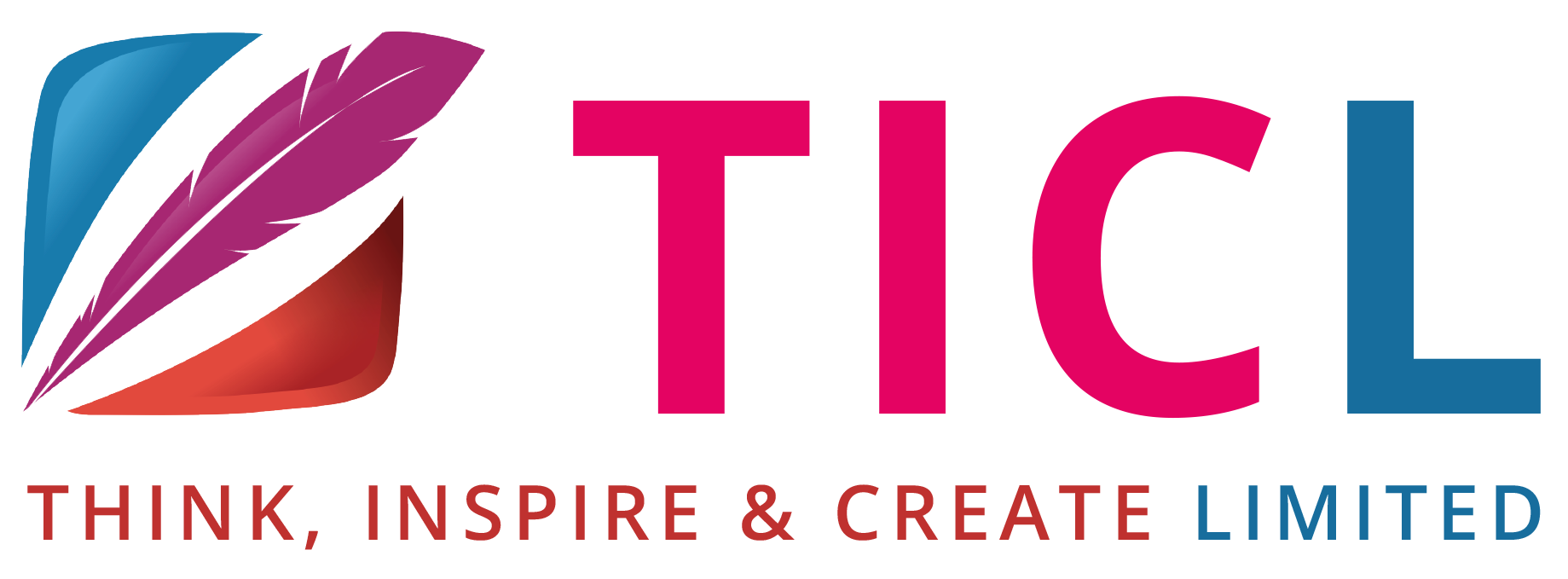Changing the Conversation

We all know that communication is vital in all parts of the life – working with systems is no different. When a challenge arises in a business’s system there are often a wide range of stakeholders with different perspectives on what the impact is or how urgent a resolution is. As such this conversation can often become a negative spiral of ‘why doesn’t this work?’. Whilst that is a valid question, it is focusing on the problem not the solution. Could changing the conversation get the issue resolved?
The framing of questions is key:
- “I just want it to work!” = “What does good look like for this process?” –
Stakeholders often have different definitions of what good looks like – those involved need to agree what specifically you are trying to achieve, without this how will you know when the resolution achieves what was expected? Notice we are not aiming for perfection here – if you are trying to solve everything you will never release anything! Agree a solution that delivers improvement to the majority i.e. Change 1 will solve 80% of our problems and then work on Change 2,3 and 4 etc.
- “It needs to follow the normal process” = “How should it work in the golden thread scenario”
Normal is not a definition in systems. This can often be an issue in regulated industries – The perception is that there is an industry defined process that should be followed – this is true, but that process must always be integrated with your business processes and can be open to interpretation – the more detailed and specific you are about your requirements, the more chance you have of getting what you ask for! Define what you want to happen and what good looks like.
- “What about all these fringe scenario’s?” = “What are our most common variations, and have we covered them?”
There will always be exceptions to your planned solution – keep the volume and business impact in mind, does this impact 1 in every 100 or 1 in every 1,000,000? Your initial question of what good look like should define which scenario’s you need to cover. Use this type of information to make informed decisions on the priority of changes you are implementing.
- “It sounds like you have a plan” = “Are we all clear on who is responsible for what and when it is due? Do we have the resource to cover this, what other projects are impacted by this?”
It is very easy to sit in a room and agree a theoretical plan that keeps everyone happy – but remember this is just the start of the conversation. All those involved need to agree resourcing, actions, timelines and sign off any potential impacts before the ‘go button’ is pressed. If the change / plan is not realistically resourced and the wider business impact understood you may just be moving the problem onto another project or business area.
If you can answer the questions above in detail (who, what, where, when and how?) you are going to be well on the way to solving the problem in a positive and proactive way.
